More often than not, women are overshadowed in the art world. And while…

 Reading List: Modern Arab Art (Part Two)
Reading List: Modern Arab Art (Part Two) 

In our second Reading List for Modern Arab Art we delve deeper into the history of the discipline and suggest a number of important works that could be of interest for you. Do not forget to check out the first part of this series outlining some of the most significant books and volumes dealing with the topic.
Nadia von Maltzahn and Monique Bellan’s volume discusses the emergence and role of the art salon in the Arab region in the nineteenth and twentieth centuries, focusing on Algeria, Tunisia, Egypt, Lebanon and Iraq. This book is a must for anyone wanting to understand how the salon impacted the formation of taste and artistic debates, as the authors discuss the transfers and cultural interactions between the region and Europe. Following the institutional model of the Paris salons, art salons emerged in Algiers, Tunis and Cairo starting in the late 1880s.
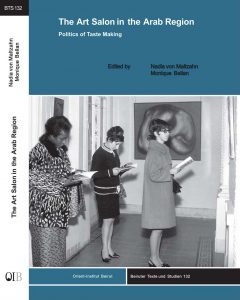

Charbel Dagher’s book recollects the history of the region’s only ‘pan-Arab’ modern art movement, the Hurufiyya. Dagher’s original Arabic volume was published in 1991 and the 2016 published English translation helps non-Arabic speaking audience to comprehend the history of this art movement more thoroughly.
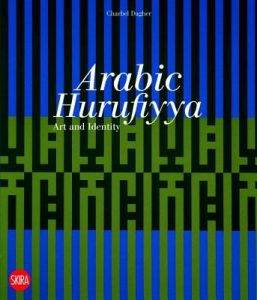

Natasha Gasparian reconstructs an alternative reading of Aref El-Rayess’s The 5th of June (also known as The Changing of Horses) artwork. In her analysis, Gasparian argues that the picture was presented and received, allegorically or metaphysically, as an idealised narrative of national liberation. By tracing the caesuras and slips in discourse, she reconstructs an alternative reading of the artwork’s uncanny yet historically determinate character.
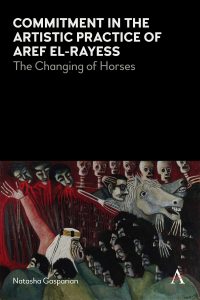

The Breish Collection of Modern and Contemporary Arab Art presents a catalogue charting the art investment strategy of prominent Libyan banker Abdul Magid Breish. In this personal book, Breish describes his journey as an art collector and his views on the role of collectors: he argues that collectors bear a responsibility to support regional and local art scenes.
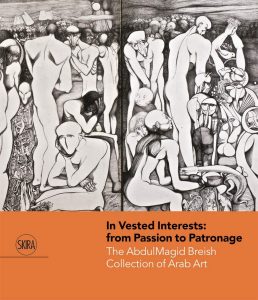

Although not dealing with modern Arab art but cultural production on a larger scale, Stephen Sheehi’s groundbreaking account of early photography in the Arab world is a must for all the regional art enthusiasts. The Arab Imago concentrates primarily on studio portraits by Arab and Armenian photographers in the late Ottoman Empire. Examining previously known studios such as Abdullah Frères, Pascal Sébah, Garabed Krikorian and Khalil Raad, the book also provides the first account of other pioneers such as Georges and Louis Saboungi, the Kova Brothers, Muhammad Sadiq Bey and Ibrahim Rif’at Pasha—as well as the first detailed look at early photographs of the annual pilgrimage to Mecca. In addition, the book explores indigenous photography manuals and albums, newspapers, scientific journals and fiction.
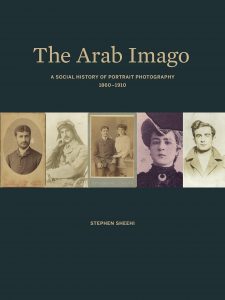



Analysing the modernist art movement that arose in Cairo and Alexandria from the late nineteenth century through the 1960s, Alex Dika Seggerman reveals how the visual arts were part of a multifaceted transnational modernism. While the work of diverse, major Egyptian artists during this era may have appeared to be secular, she argues, it reflected the subtle but essential inflection of Islam, as a faith, history and lived experience, in the overarching development of Middle Eastern modernity.
Challenging typical views of modernism in art history as solely Euro-American, and expanding the conventional periodisation of Islamic art history, Seggerman theorises a “constellational modernism” for the emerging field of global modernism. Rather than seeing modernism in a generalised, hyperconnected network, she finds that art and artists circulated in distinct constellations that encompassed finite local and transnational relations. Such constellations, which could engage visual systems both along and beyond the Nile, from Los Angeles to Delhi, were materialised in visual culture that ranged from oil paintings and sculpture to photography and prints.


This exhibition catalogue presents Mathaf: Arab Museum of Modern Art collection’s highlights to expose new audiences to modern art from the Arab world and reveals the story of the formation and development of modern art in the Arab world. This book accompanied the first long-term installation in the museum’s galleries, and presents works in thematic, chronological and regional context.
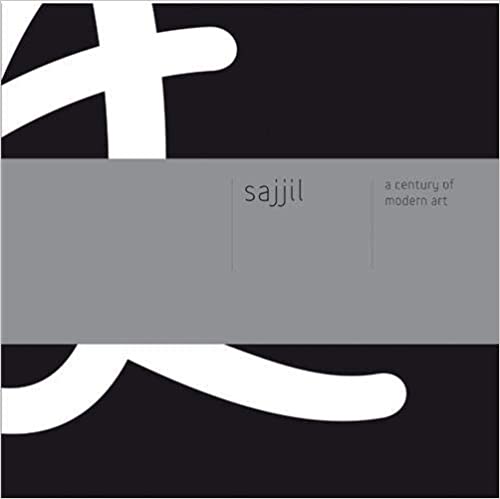

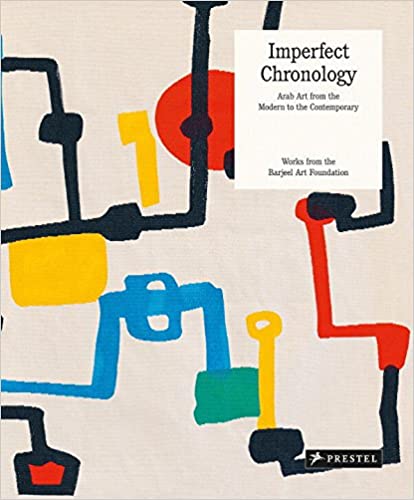

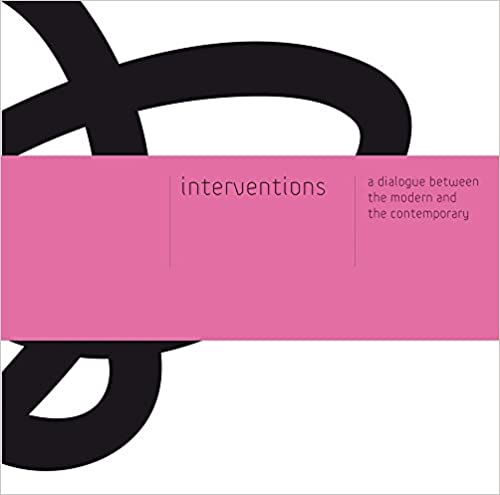

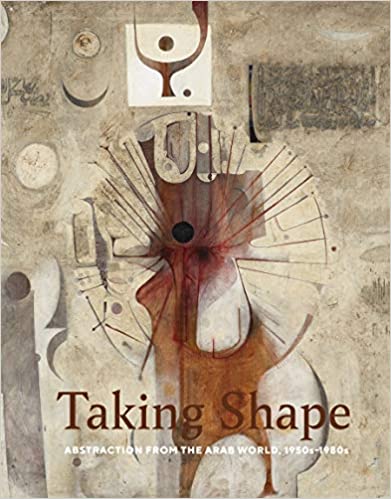

This exhibition catalogue groups the work of 70 women artists from 15 countries in the Arab world, including Algeria, Bahrain, Egypt, Iraq, Jordan, Kuwait, Lebanon, Morocco, Oman, Palestine, Saudi Arabia, Syria, Sudan, Tunisia, and the United Arab Emirates.
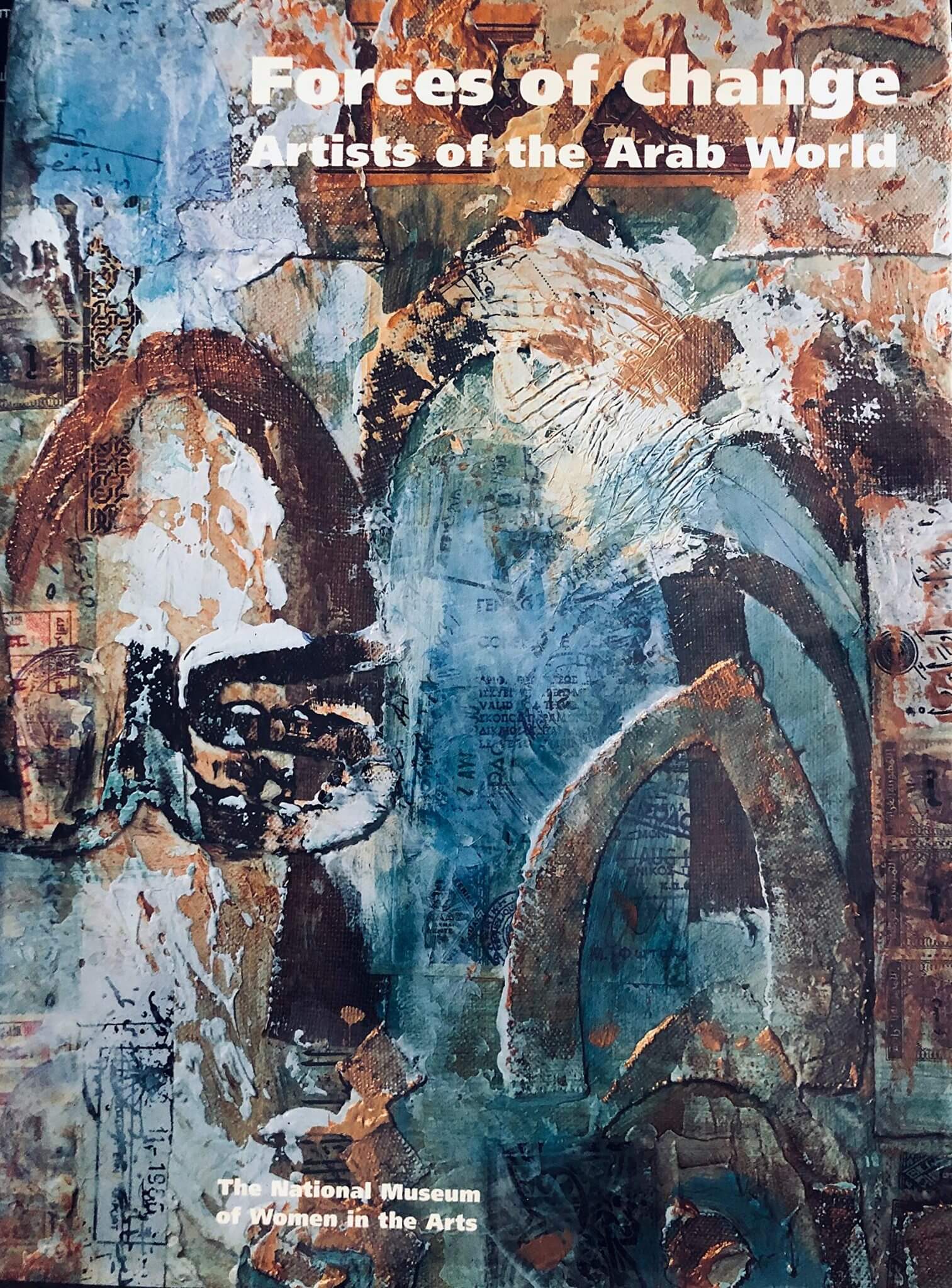

Wishing you happy readings!
Featured image: Hamed Ewais, ‘Dr Mostafa Sweif’ (1961).





